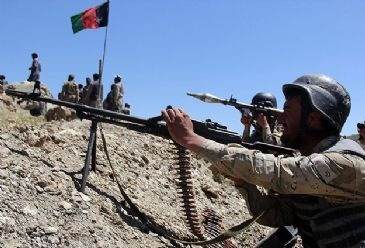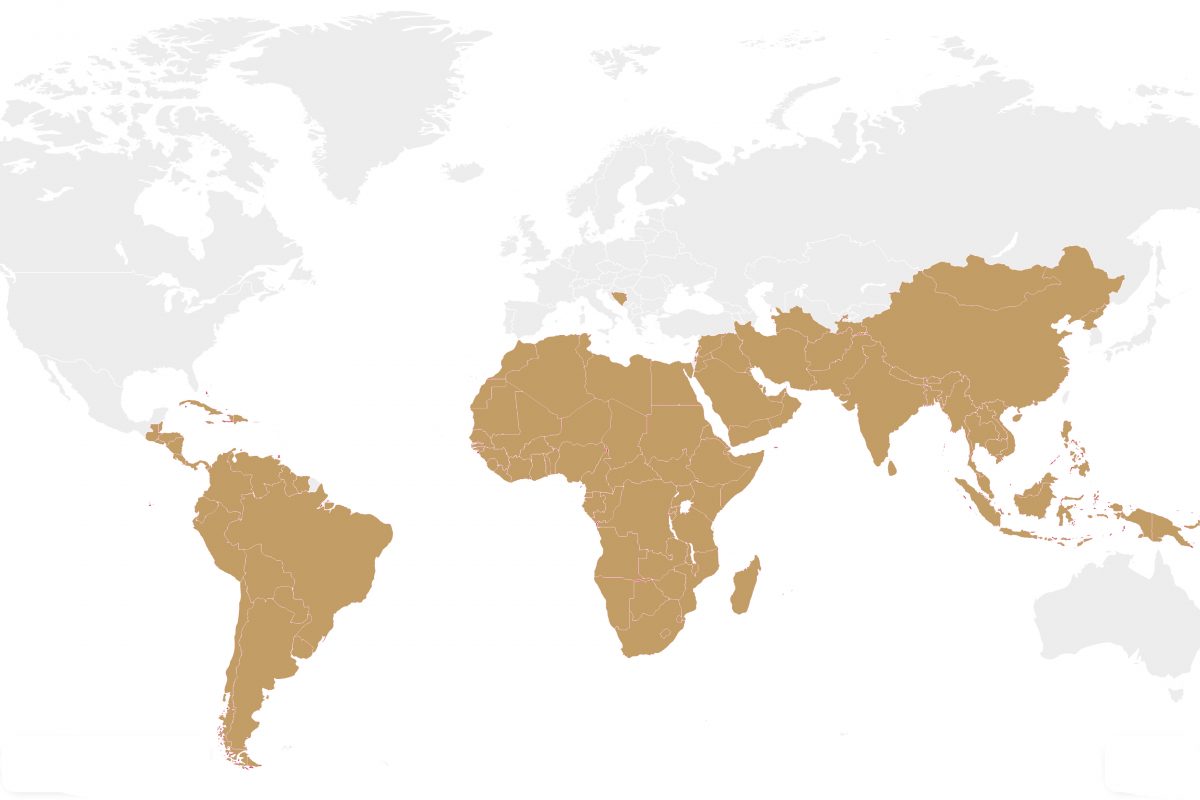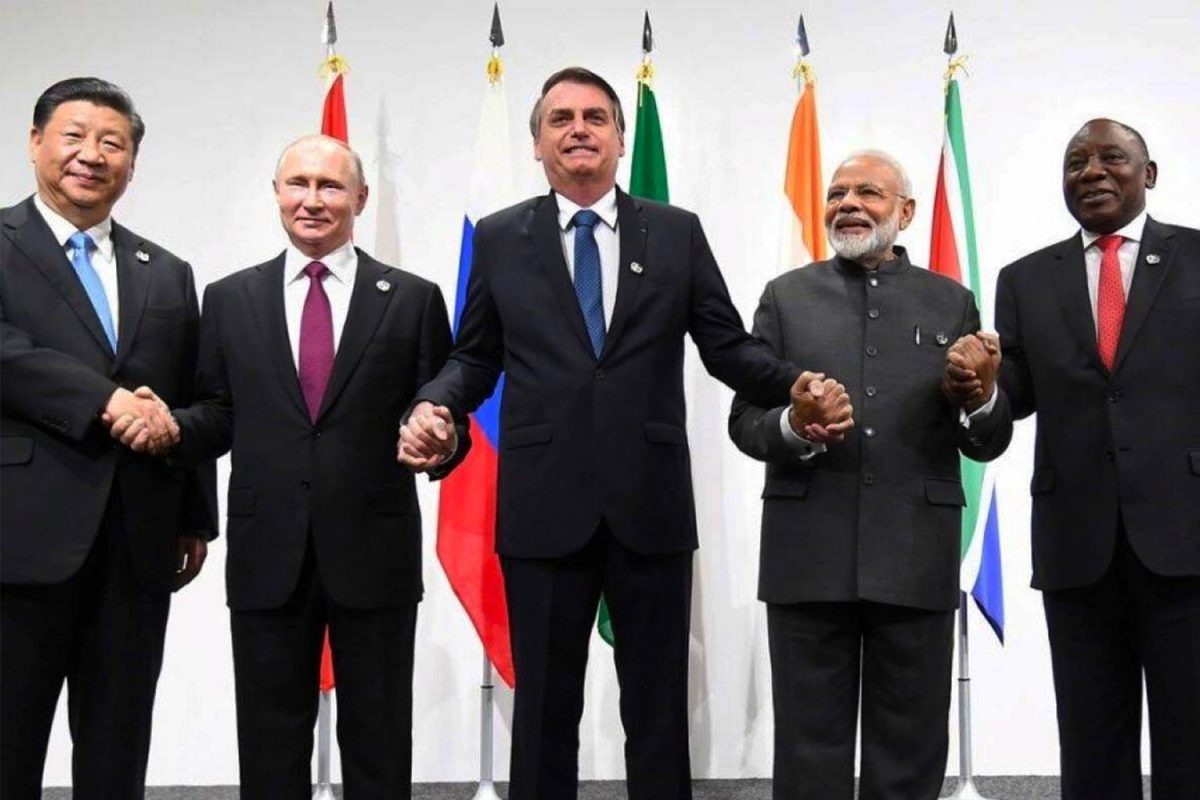Cities across Afghanistan were raged with anti-Pakistani demonstrations after a border clash between the countries resulted in the death of a member of the Afghan Border Police[1]. The clash occurred on a newly built Pakistani military post that Afghanistan claims is on its soil. For long, Afghanistan and Pakistan have had a bitter relationship due to the disputed Durand line which divides both countries. Though drawn more than a hundred years ago to separate the current day Afghanistan from the then British India, this line still keeps thousands of families divided from one another as it crosses several villages and even houses[2].
After the clashes, the Afghan President Karzai announced that he will never recognize this line as a ‘legitimate’ border between the countries[3], while on the other side of the line the Pakistani Foreign Office spokesman Aizaz Ahmad Chaudhry claimed, “the Durand Line [is considered] as a ‘settled issue’ between both countries[4]. Despite the daily cross border shelling of the Pakistani army over Kunar Province in Afghanistan for more than a year, this is the first time that such clashes happened. General Shuja Pasha, a current government official and ex-chief of the Pakistani intelligence agency, ISI, quoted President Karzai as saying that the sustained shelling of Afghan border towns is a result of direct orders from Bagram Air Base, and not from the Pakistani General Headquarters (GHQ).
The discerning question that arises is why didn’t the Afghan government respond to any cross border shelling incidents previously, and what necessitated the attack on this particular instance? In addition, why didn’t Pakistan respond back to this Afghan attack? Moreover, initially and during the cross border shellings public anger was not visible from the people. The surprisingly coordinated multi-sector public outrage points towards the collaboration of the Afghan Education and Information ministries, alongst with the Ulema Council, in playing a role in motivating the public in their anti-Pakistan sentiments.
To answer such questions, it is necessary to not only look into the government responses, but also into the nature of such coordinated activities over the last ten years. There has always been a trend under the current government of Afghanistan, that before any significant agreement is sealed with the US or any country that has its boots on Afghan soil, a controversial issue at home is raised. One such example was the “U.S.–Afghanistan Strategic Partnership Agreement”[5] which was signed after a process of ‘confrontational’ Afghan behavior towards the US presence in Afghan over the control of Parwan Detention Centers, which until recently had not been resolved[6]. All this at a time, when a “Status of Forces Agreement” (SOFA) had already been sealed between Afghanistan and the US[7].
On May 9th, President Karzai announced in a speech to students of Kabul University the US’s desire to keep nine permanent military bases in Afghanistan.[8] His announcement came in response to the border clash, indicating a raison d’être on why Afghanistan needs the presence of foreign forces, despite the White House Spokesperson, Jay Carney, stating that “The United States does not seek permanent military bases in Afghanistan, and any US presence after 2014 would only be at the invitation of the Afghanistan government.”[9] The invitation Carney is referring to is just that speech by the Afghan President. Additionally, in his recent visit to India, President Karzai called for broader Indian military assistance to Afghanistan[10], whilst the international media was already discussing the need for such assistance.[11] The Afghan President and even his opposition parties has gone as far as calling for Indian military boots on the ground after 2014.[12][13]
This need for assistance above is firstly due to the US’s long term plans to protect its interests in the region whilst not leaving the region too soon, having invested so much in Afghanistan. Secondly, the US understands the need to expand India’s capabilities in the region to compete with emerging Chinese military power; that if otherwise left unchecked, will challenge US power on a global scale[14]. It is quite evident that the Afghan government and Pakistani [military] leadership are cooperating in the facilitation of the US’s presence in the region through the inflammation of armed conflicts amongst the Muslims of Afghanistan and Pakistan. The Pakistani leadership ensures the continuation of provocative and offensive military actions which allow the Afghan government to fulfill its responsibility in terms of agreeing to the presence of permanent US military bases in the country. However, what the Pakistani leadership fails to notice, is that another role Afghanistan is playing is to lay the platform to allow Indian armed forces to challenge Pakistan from its Western borders, and provide India access to the Central Asian routes, allowing her to expand its influence in the region.
Moreover, because of the US reduction of its forces post 9/11, it needs to create severe tensions on the border areas in the hope of inciting nationalistic feelings on both sides; hence, sowing the seeds of hatred and enmity between people on both sides. This way the US can reduce the role of the army in stopping insurgents crossing the border with relative ease and enjoying the support of local communities. The US also wants to assert to the people of Afghanistan that if they do not agree to their terms in the upcoming ‘security pact’, Pakistan will once again occupy Afghanistan. Thus the conflict is an artificial gimmick orchestrated mutually by Afghanistan, Pakistan and the US to achieve their ulterior motives by sacrificing the lives of innocent Muslims in both regions.
Despite the promises and the agreed deadline for the withdrawal of US forces from Afghanistan, the US, through the establishment of permanent bases in the country, wants to maintain its forces stationed in the country, in order to control the region and also have access to Central Asian natural resources. In addition, the US plan includes the involvement of India in controlling China, if a confrontation was needed to weaken China in the future. The Pakistani military – the actual leadership of the country – along with the Afghan government are the two main players in the facilitation and implementation of this plan. However, the real casualties and victims are the inhabitants of these countries, in terms of instability, armed conflicts, poverty and subjugation and subservience to other nations.
[8] http://www.nytimes.com/2013/05/10/world/asia/karzai-says-us-can-keep-afghan-bases-after-2014.html
[9] http://zeenews.india.com/news/south-asia/us-not-seeking-permanent-bases-in-afghanistan_847627.html
[10] http://au.news.yahoo.com/thewest/a/-/world/17268929/karzai-meets-indian-leaders-in-push-for-military-aid/





